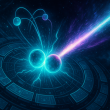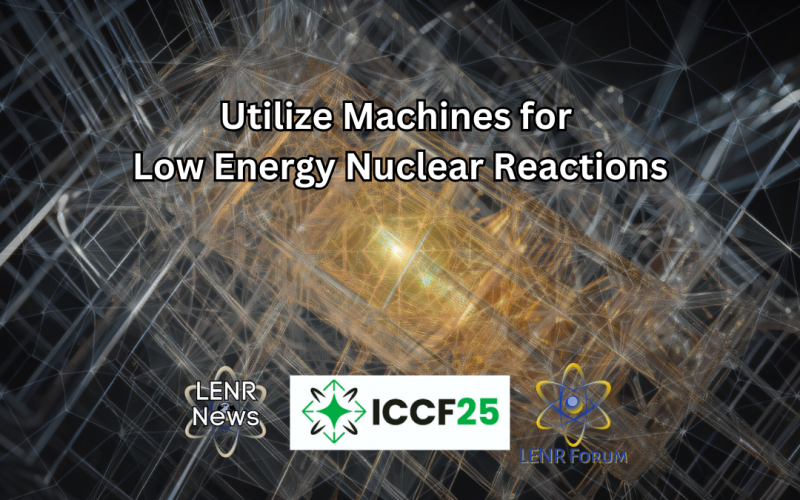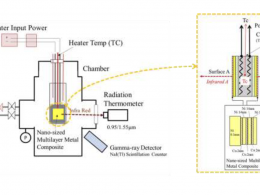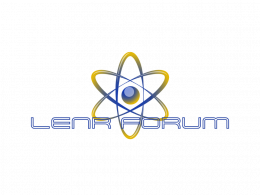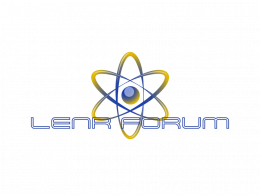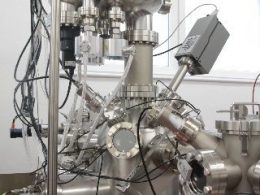Introduction
I wanted to share a research summary of the use of Machine Learning in LENR I did for ICCF25. Low Energy Nuclear Reactions (LENR) in condensed matter nuclear physics has many body complexity and non-linear dynamics. These phenomena could hold the keys to limitless and clean energy, a topic I believe is crucial for the future of humanity. But how do we decode the science behind it?
Recently I turned to Utilizing machine learning techniques for LENR, and the results have been nothing short of illuminating. Machine learning technologies are not just confined to the realm of data science; they are increasingly intersecting with diverse scientific areas. This article unpacks a seminal research paper that examines this cross-disciplinary potential, particularly spotlighting its applications in LENR.
Why use Machine Learning for LENR?
Navigating the complexities of academic research can be daunting. Here, I attempted to simplify key findings from a recent research paper, offering an accessible summary. The paper, a collaborative effort from than many multiple experts in condensed matter nuclear physics and LENR, argues that machine learning algorithms have the potential to revolutionize the way we analyze intricate experimental data concerning LENR. These algorithms are adept at identifying non-obvious patterns, thereby opening new avenues for understanding the underlying physics of these nuclear reactions. Again I presented these findings at ICCF25. The complete presentation with notes can be accessed here: UMLENR Presentation.
Types of Machine Learning and using a GPT-LLM
Generative Pre-Trained Transformer Large Language Models are showing an impressive ability to extend human intelligence and efficiency. It is possible now to use LLMs as a way to interface with many types of machine learning algorithms and datasets. Think it as a natural language communication user interface for the average person. The ability to set tasks from knowledge bases and train LLMs for a specific subject domain, allows us the ability to create domain experts that can be generative with cognitive abilities. This type of technology is still in it’s infancy, but we have shown LLMs can interface with other specifically designed APIs, Databases, and various Software becoming a valuable tool for the general public.
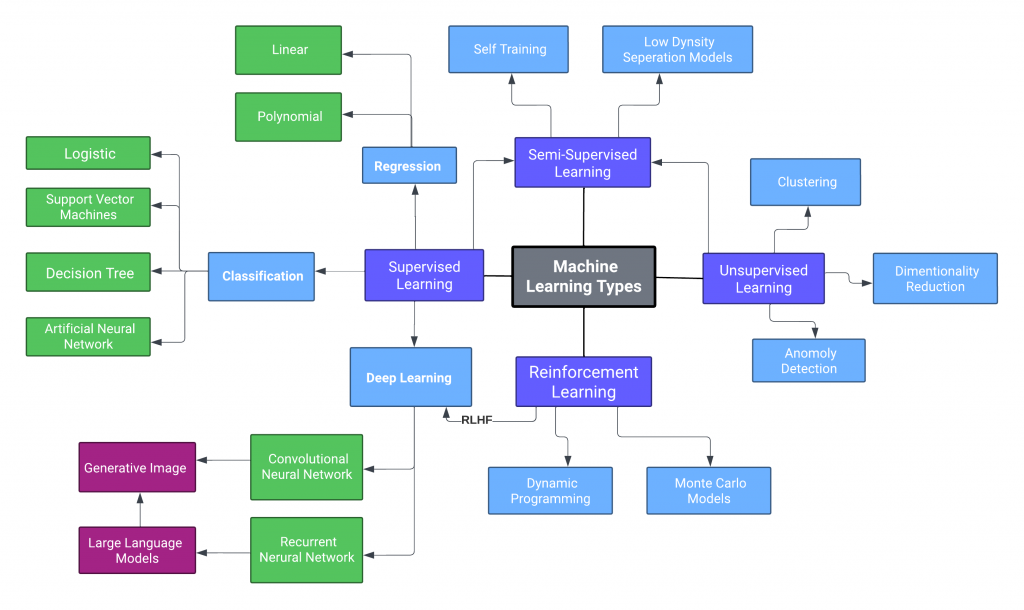
The Impact of Open Source in LENR Research
Open-source machine learning models democratized the technology, allowing contributions from global researchers. This creates an ecosystem of innovation. Could this open-science model be the key to expedite Fusion processes to the world?
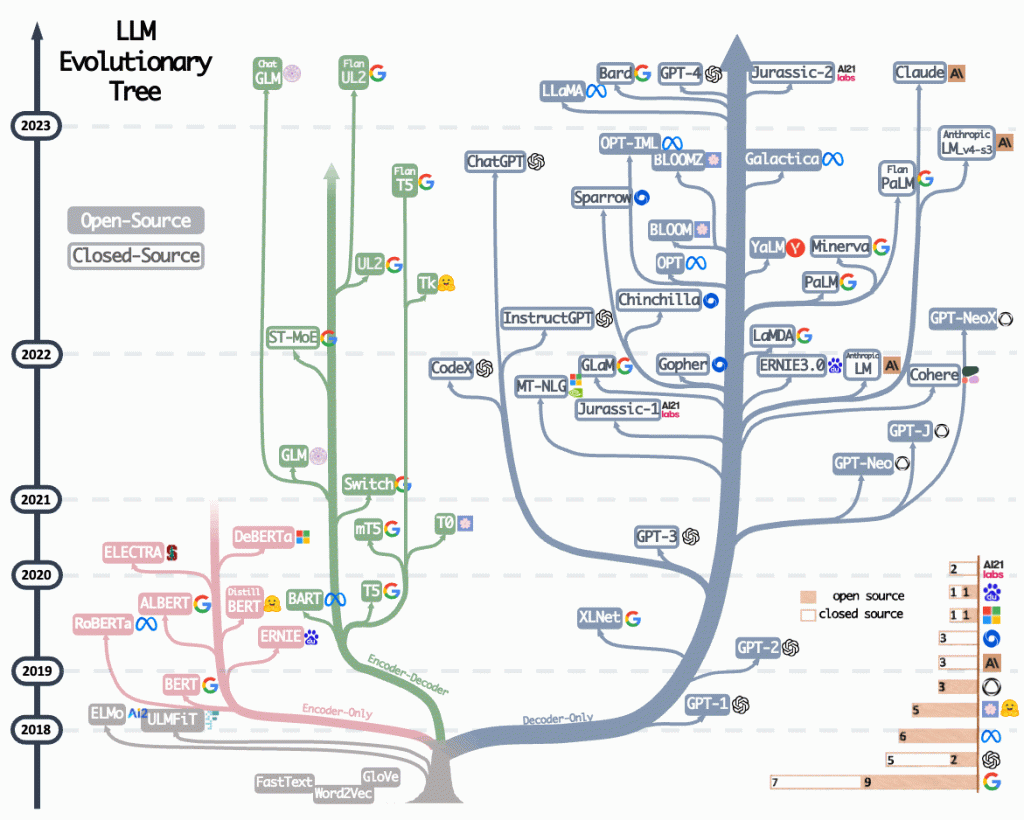
ARA: Autonomous Research Assistant for LENR Research
In any Machine Learning project, data is crucial. That’s why we deployed an Autonomous Research Agent (ARA) to collect relevant data from various sources. This also helped accomplish more in a shorter period of time using an assistant that can scrape the internet for relevant data to ingest.
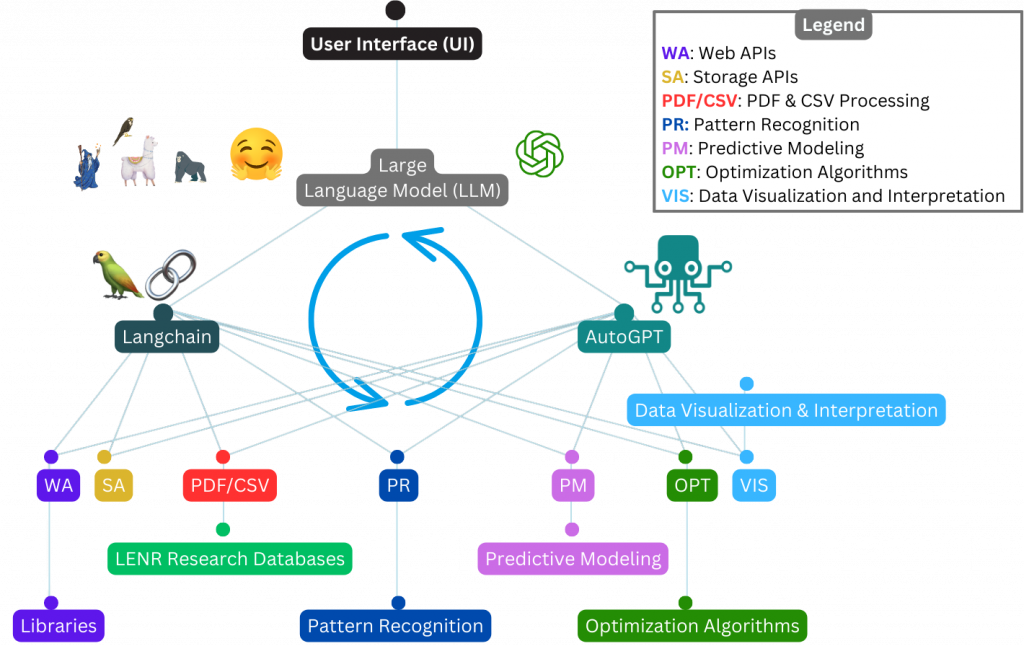
Open vs Closed Source: The LENR Debate
Open Source research and development offer transparency, lower costs, and accelerated innovation in LENR systems through collaborative socioeconomic effects. Closed-source models, while having their merits in controllability and rapid implementation, often limit scrutiny and create barriers to entry.
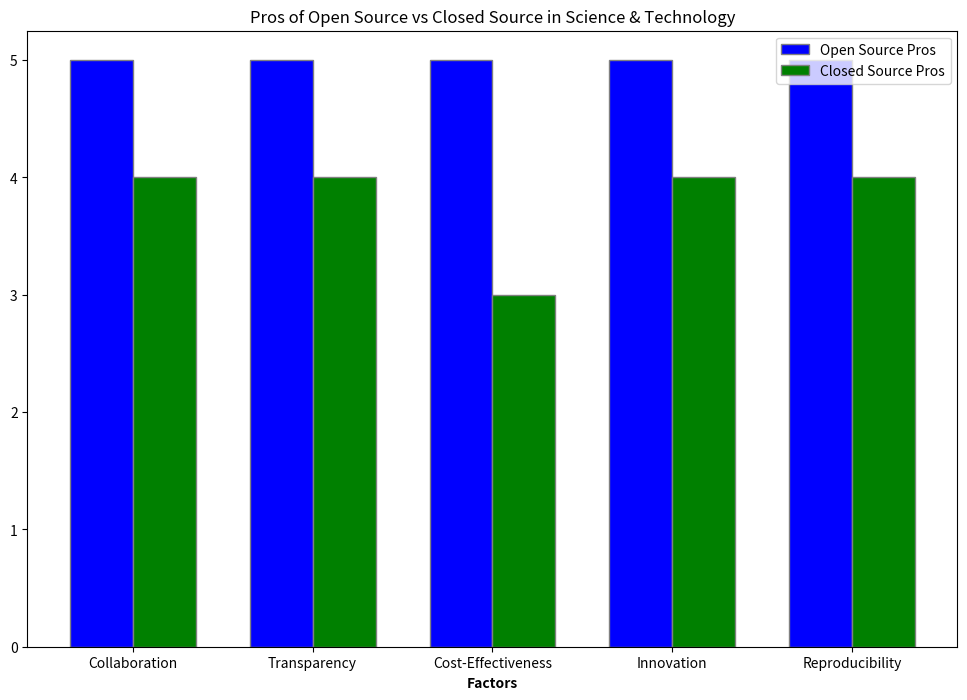
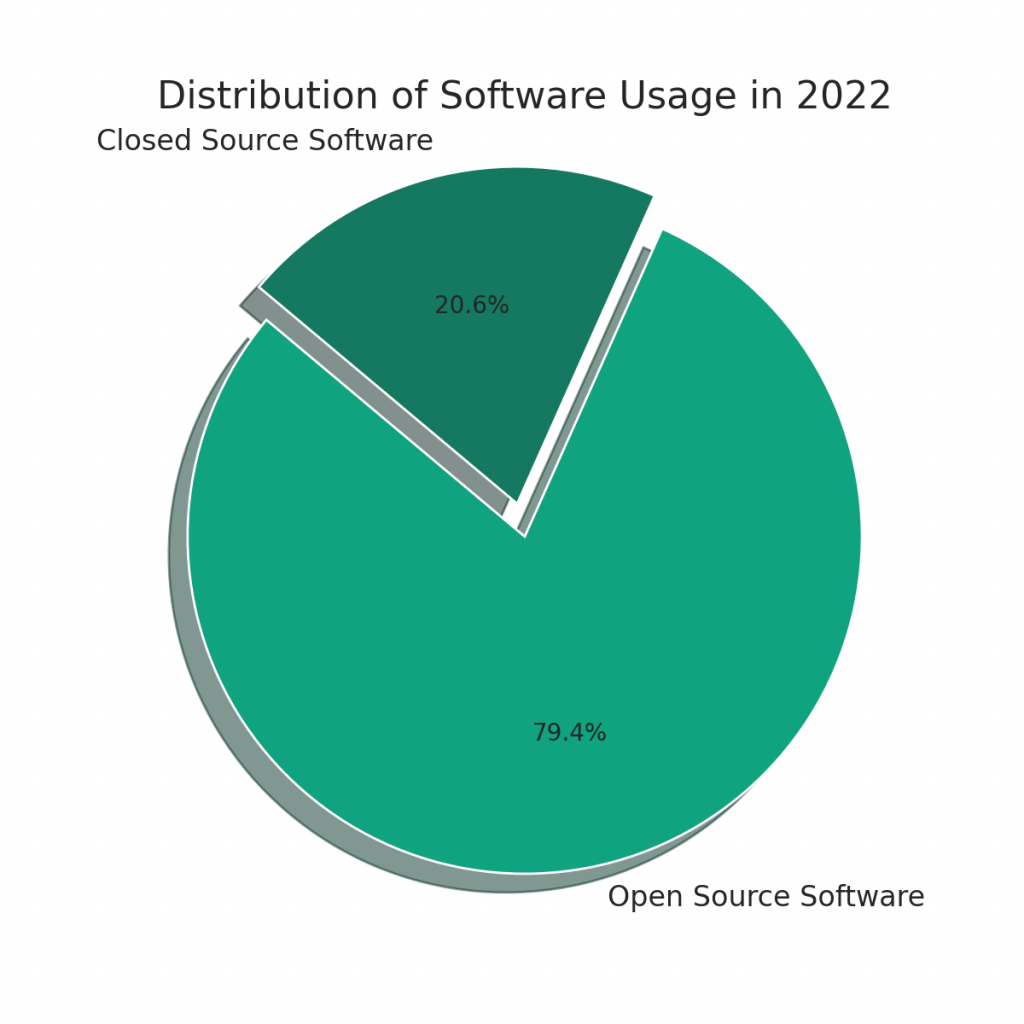
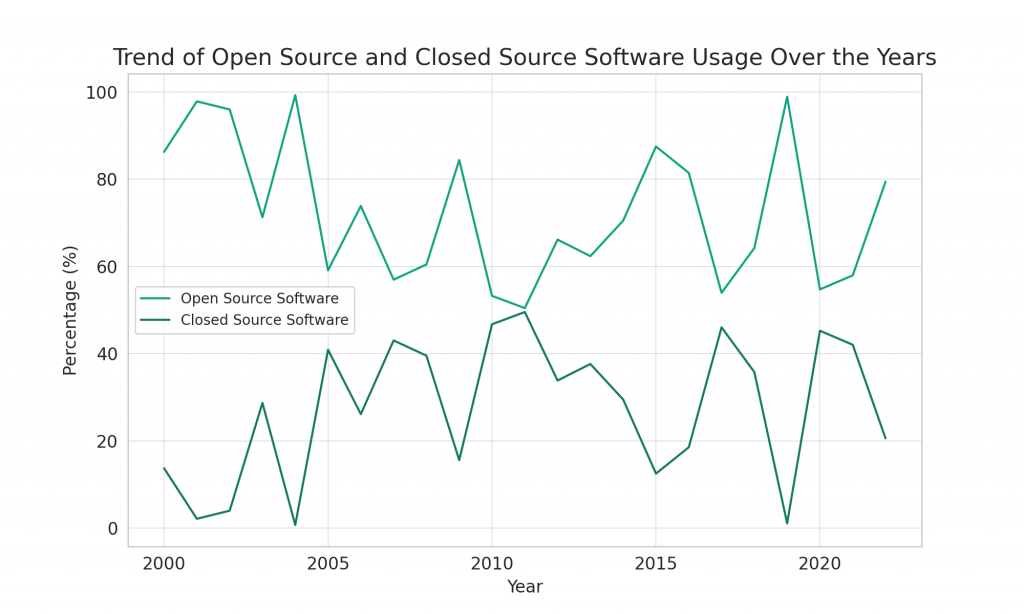
Choosing the Right Features for Machine Learning in LENR
Quality feature selection is essential in Machine Learning in LENR. We chose reaction parameters, material properties, and experimental conditions to ensure reliable results.
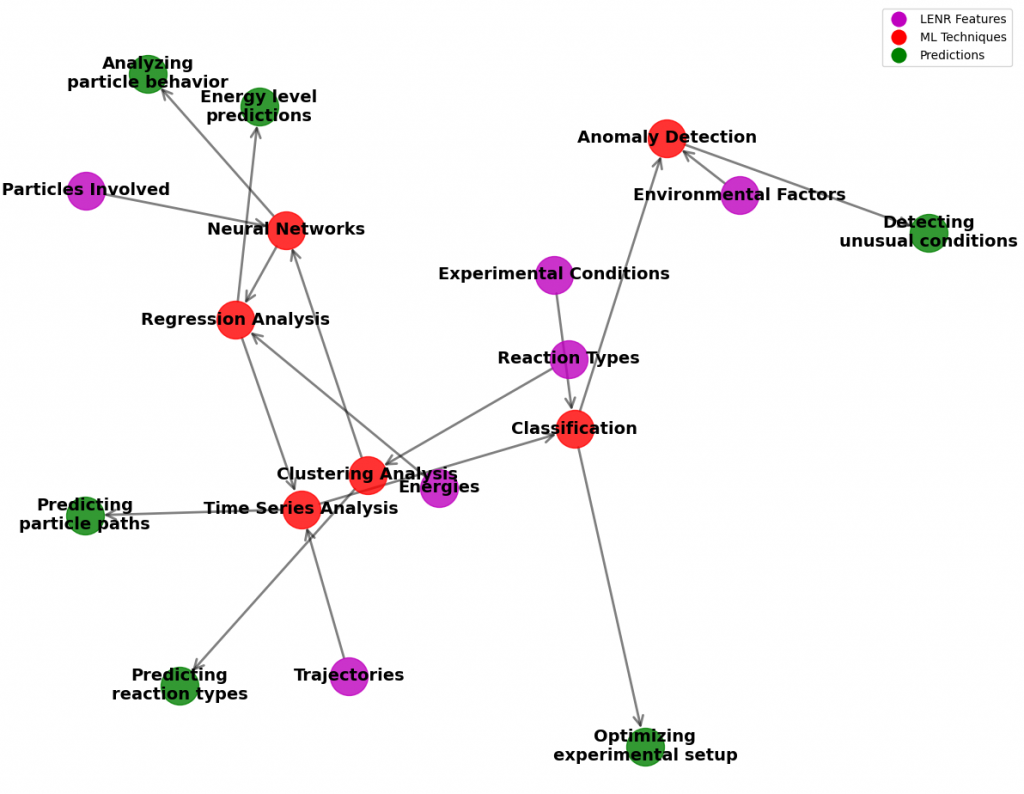
Key Discoveries in Machine Learning and LENR
Our models identified several correlations and relationships in LENR and LANR data, guiding future research into promising areas.
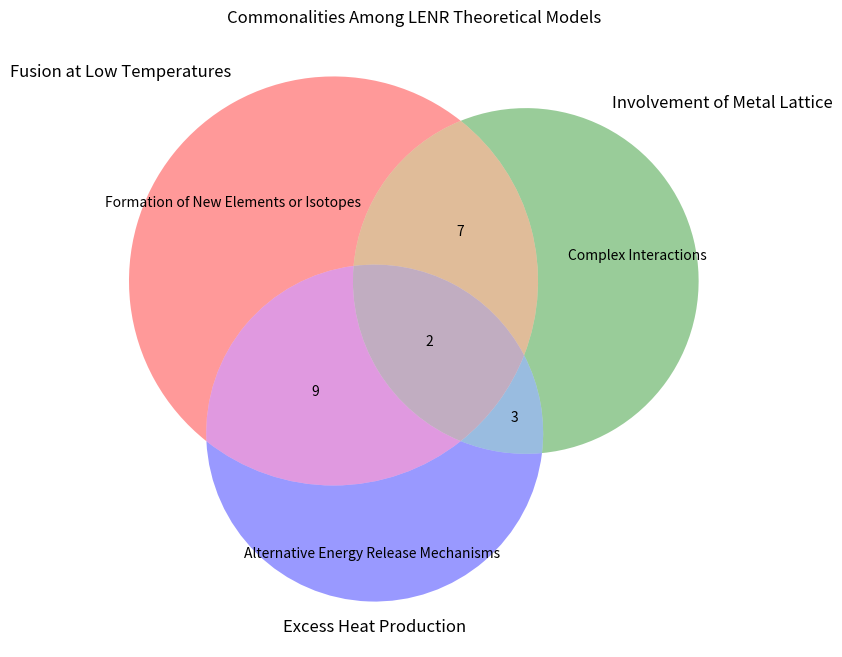
Analyzed from the top 10 most popular LENR Theoretical Models
Advanced Data Analysis and Predictive Modeling in LENR
Data analysis takes center stage in this research, particularly through machine learning algorithms geared for predictive modeling. Factors like reaction conditions and material properties are integrated into models that have shown high precision in predicting LENR and LANR occurrences.

Python Script of 2D Lattice Catalyzed Fusion Simulation
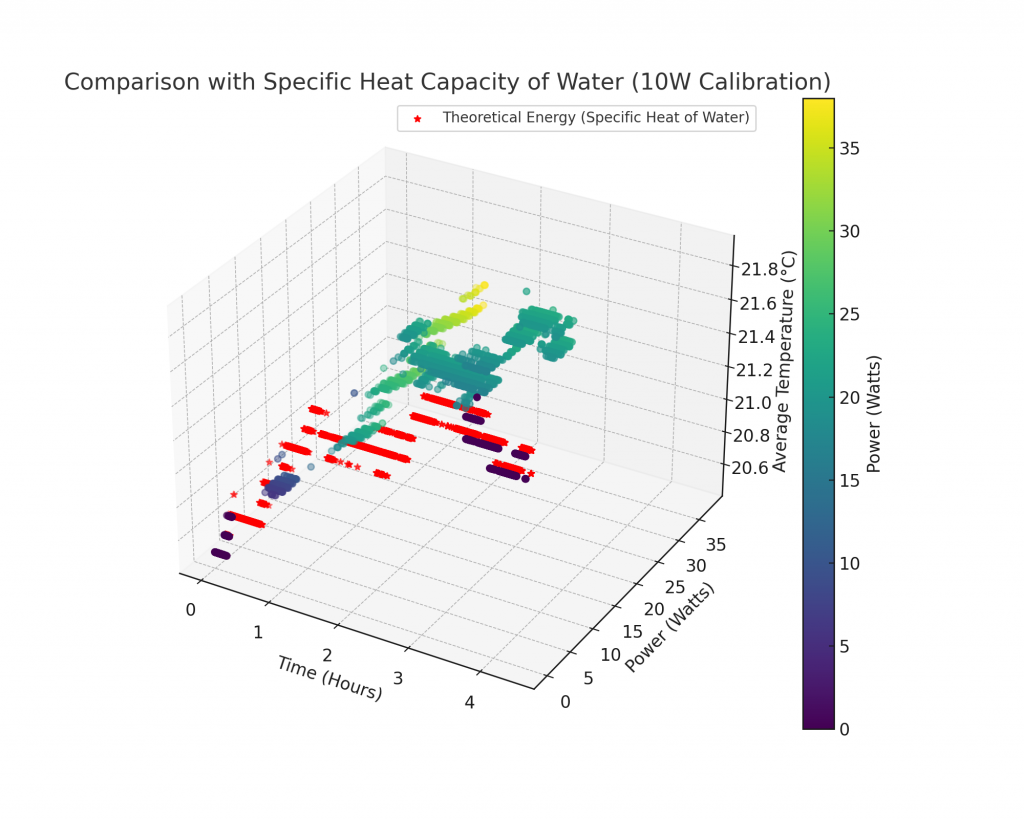
3D Dot plot Data Analysis from CSV file for 10W calibration Project Proteus
The Future of Machine Learning in LENR
Collaborative, open-source scientific endeavors are the way forward in the Machine Learning in LENR field. Supported by communities like the LENR Forum and LENR News as we are accelerating the pace of discovery. This is not to say there won’t be challenges to both machine learning and the fundamental physics of LENR. Working together and increasing our intelligent through put will be critical in our mission to create and abundant energy source from hydrogen.
Conclusion
I appreciate you taking the time to read this and I hope it brought a better understanding of how Machine Learning could be leveraged to help us understand LENR. My journey in Machine Learning in LENR has been very rewarding. We’re on the cusp of something transformative, and I can’t wait for what’s next.
Final Quote
“The lessons of the past and the possibility of the future always put us in our place. In this place, we contribute to the creation of reality, and we collectively have a name for it; the present.”


